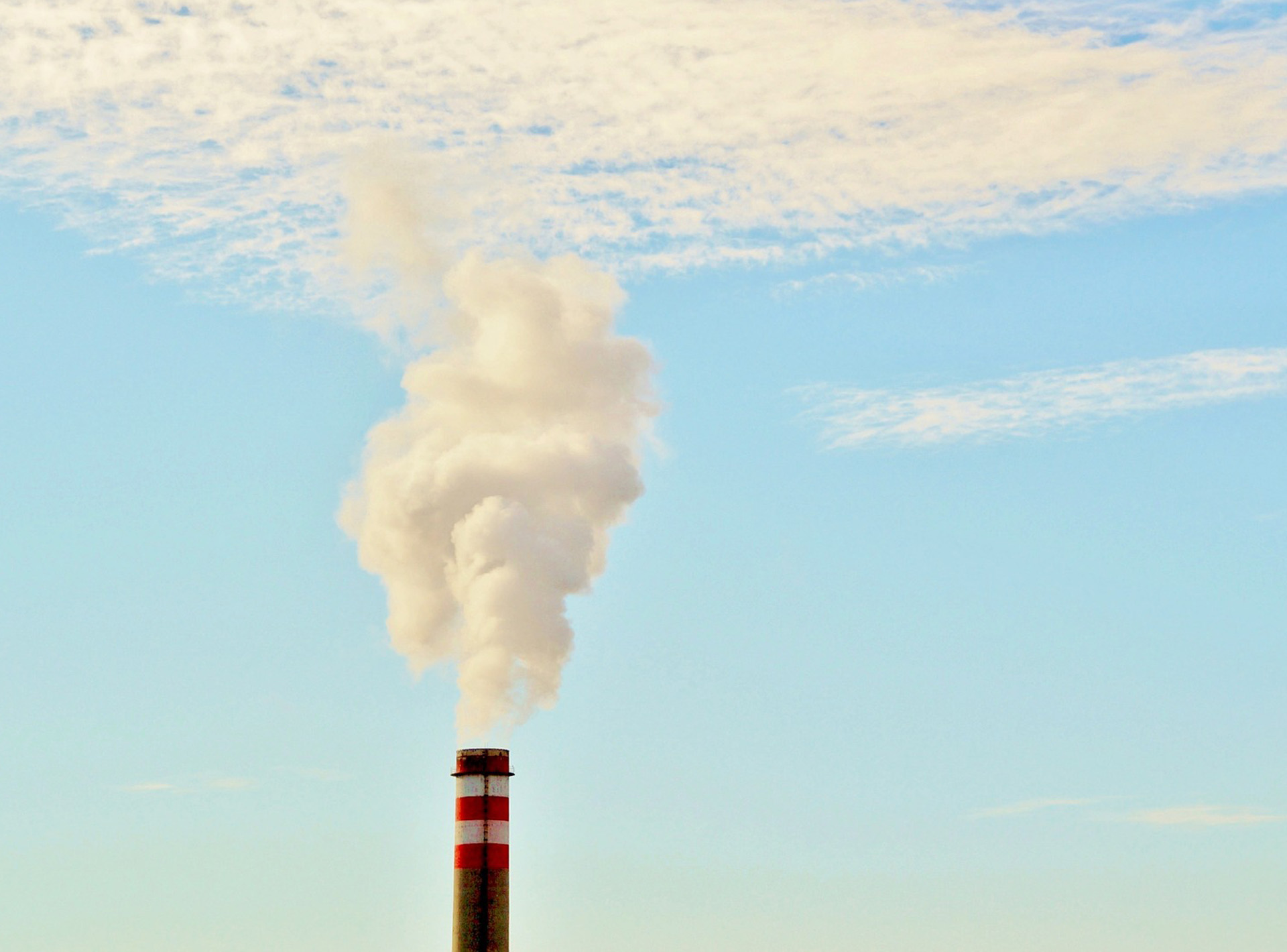 A look at three research supported ways you are likely to get cancer.
A look at three research supported ways you are likely to get cancer.
Cancer is a complex disease, influenced by a wide range of factors, such as genetics, age, immune function, environmental factors, and pathogens, among many others. While we can’t do much about our genes, there are other preventable factors that we can tackle to improve our chances of avoiding cancer. Here are some examples, backed by strong clinical research, of sure ways to get some type of cancer.
Red Meat
Whether it is processed or red meat, large epidemiological studies suggest that eating too much of it increases your chances of colorectal cancer. Red meat includes beef, lamb, goat, horse and pork, and the risk is higher for processed meats, like salami, bacon, ham, and sausages, which contain nitrites.
The World Health Organisation classified red meat as “Group 2A: probably carcinogenic to humans”. According to the WHO, “the classification is based on limited evidence from epidemiological studies showing positive associations between eating red meat and developing colorectal cancer as well as strong mechanistic evidence.” What this basically means is that research has shown there is a clear association between consumption of red meat and increased risk of cancer, but has not established causation (yet).
Processed meats are classified as “Group 1: carcinogenic to humans”. According to the WHO, “this classification is based on sufficient evidence from epidemiological studies that eating processed meat causes colorectal cancer.”
Cancer Council Australia recommends eating no more than 455g of lean red meat per week. For nitrate-containing processed meats, Cancer Council says they should be avoided altogether.
Sex
Human papillomavirus (HPV) is a sexually transmitted virus that has been shown to be a leading factor behind cervical and other types of cancer, such as cancer of the vulva, vagina, penis and anus, and some head and neck cancers. There are over 200 different variants or types of the HPV virus, with some not leading to cancer. Other variants, such as Types 16 and 18 are known to cause up to 80% of cervical cancer in women and 90% of HPV-related cancers in men. According to the Cancer Council, HPV is responsible for:
- 90% of anal cancers
- 78% of vaginal cancers
- 25% of vulvar cancers
- 50% of penile cancers
Currently, Australia offers a HPV vaccine that protects against type 16 and 18 HPV and the National Cervical Screening Program is available for women 25 to 74 years old.
In addition to these cancers, HPV has also been associated with throat cancer. HPV type 16 is thought to be responsible for 60% of oropharyngeal cancers. The leading cause of this cancer, and how it spreads: oral sex. One study reported that the prevalence of oral sex was more than fourfold higher in patients with HPV-positive Head and neck squamous cell carcinoma , compared to HPV-negative patients.
Air Pollution
Multiple studies have shown that exposure to air pollution, specifically fine particulate matter (PM2.5), significantly increases your risk of lung cancer. In fact, PM2.5 is currently classified as a Group 1 carcinogen, and a causal agent for lung cancer according to the International Agency for Research on Cancer (IARC). According to the IARC, outdoor air pollution is responsible for 3% to 5% of all lung cancers.
In a recent review article, researchers said that there is substantial evidence from both animal and human studies, that there is a causal link between exposure to PM2.5 and lung cancer incidence and mortality. “It is estimated that hundreds of thousands of lung cancer deaths annually worldwide are attributable to PM air pollution,” the authors said in their report.
According to the WHO health-based world air-quality guidelines, optimal levels of PM2.5 in the air should be under 25µg/m3.

